One of the most contentious issues in Formula One is the employment of team orders. It’s the last thing the fans want to see but teams find it necessary to maximise their results.
In the history of Formula One, it is possible to understand where the teams are coming from. Formula One cars have, traditionally, been fragile beasts. In the first 50 years of Formula One, the adage was “to finish first, first you have to finish.” Taking a look at the classified results, it is easy to see why. Very often less than half the starting grid made it to the chequered flag.
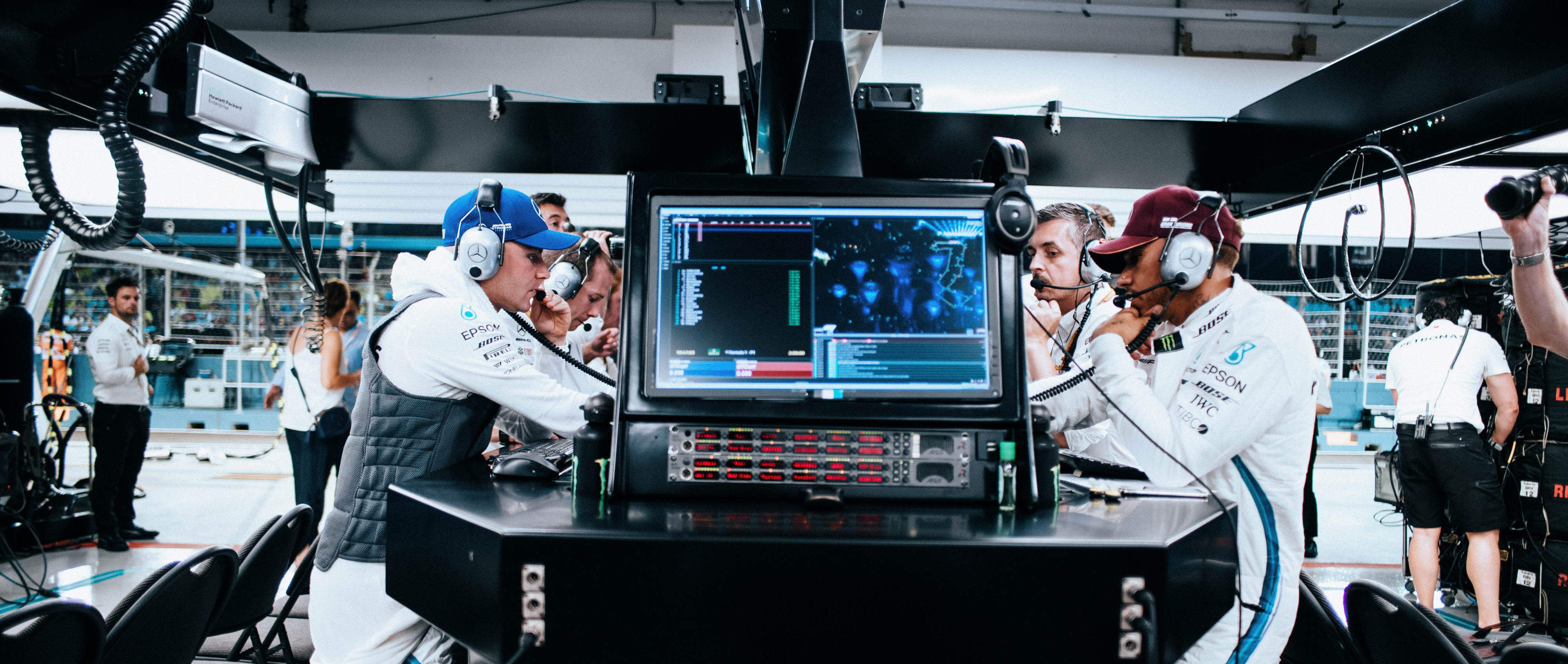
I have included a chart which shows the number of classified finishers, technical DNFs and racing DNFs from the Monaco Grand Prix, 1959 and every 10 years after until 2019. The reason I chose the Monaco Grand Prix is that it is a great benchmark. Even though there have been a few changes to circuit, it is essentially the same race, over the same course at the same time of year (always taking place in May).
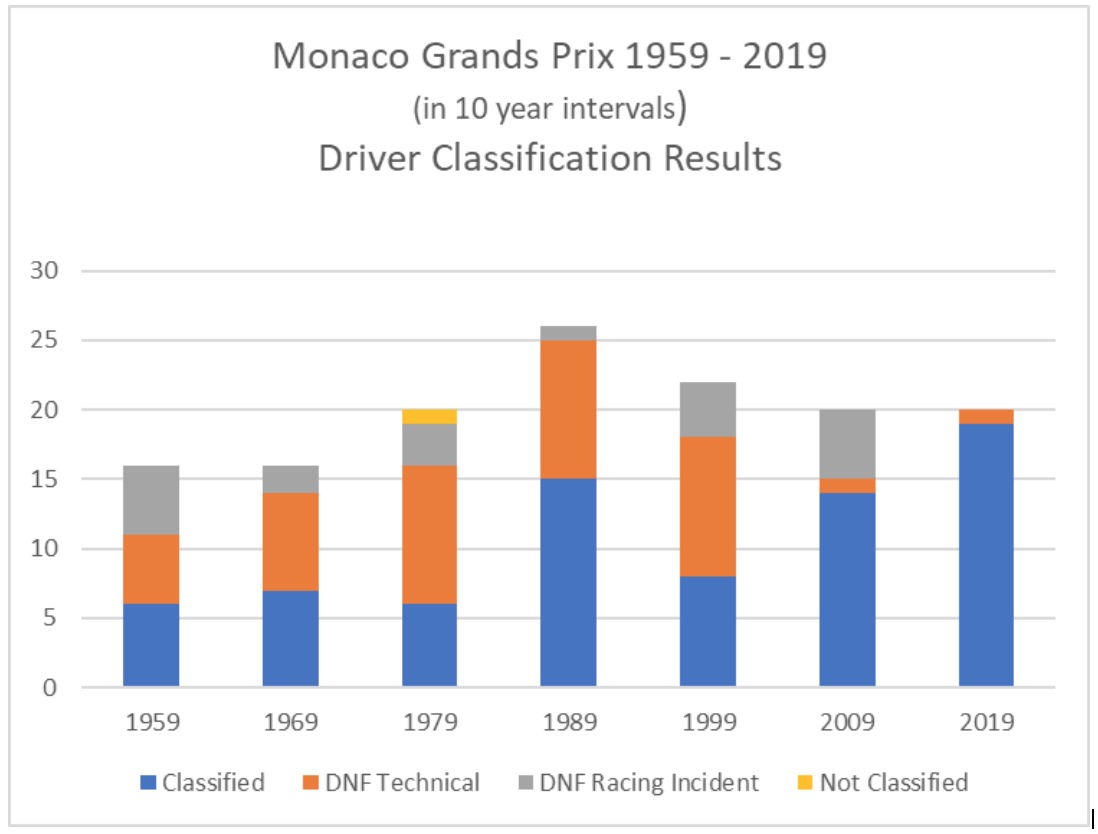
(Data from https://www.f1-fansite.com/f1-results) DNF = did not finish
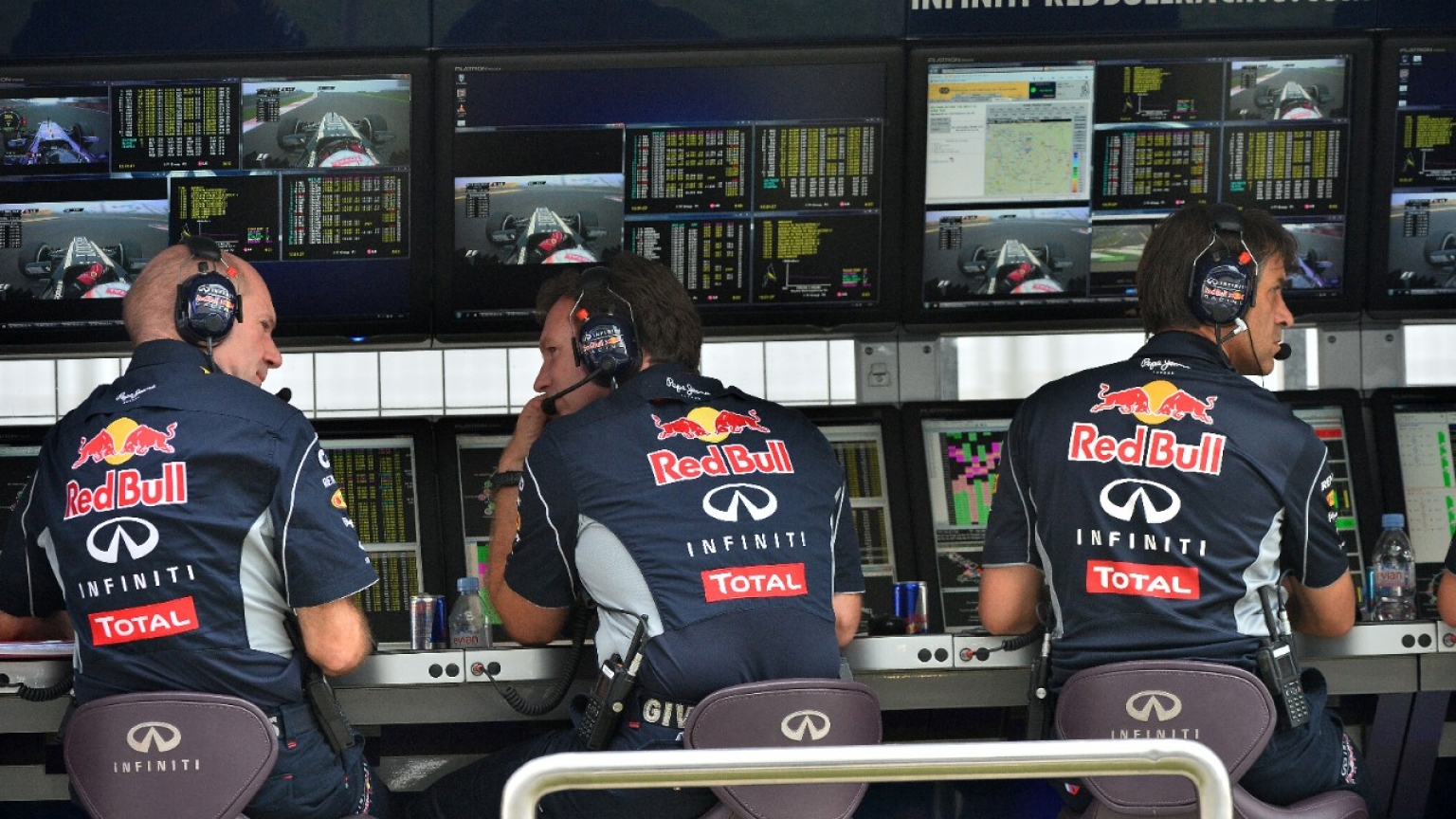
As can be clearly seen, since the start of the 2000s, the reliability of the cars has improved significantly. In fact, in 2019, there was only 1 DNF, Charles Leclerc, who retired with a puncture.
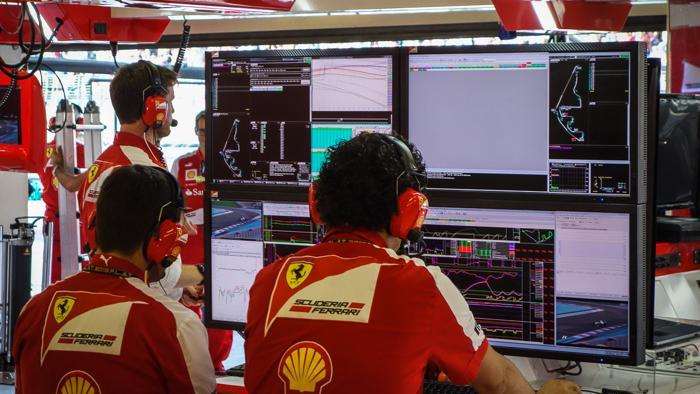
Looking back at the 50s, 60s, 70s and 80s, however, and it is easy to see why it was not thought unreasonable for a team manager to call for team mates to hold position from a certain point, in order to get two classified finishes.
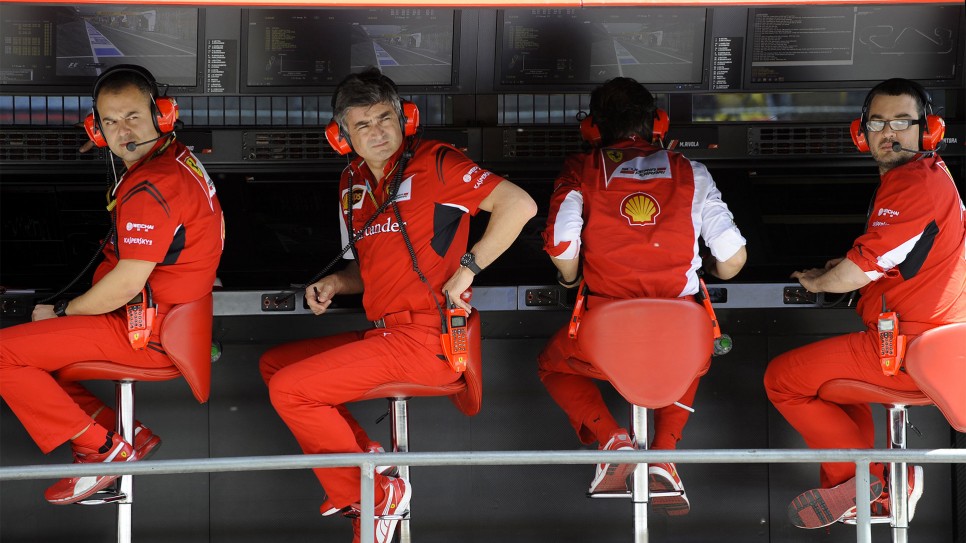
In these days of significantly increased reliability however, teams have now moved to employing strategists, who devises, with computer programmes and algorithms, the most effective way of maximising the team points from a grand prix. Is there really a difference between team orders or team strategy? From a driver’s point of view, probably not.
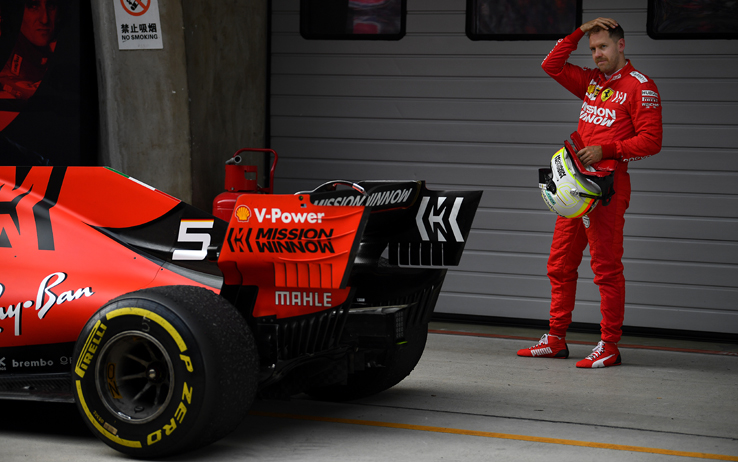
Strategy is an important part of the F1 toolkit and a good strategist can make the difference between a win and a loss. The role of a strategist in Formula One has been explained in this video that F1 released this week.
It is interesting to hear the strategists talk about their work. It is clearly a very interesting job and the exponents are very skilled and clever. It does, however, give the impression that the drivers are little more than avatars in a computer game, to them.
Imagine you are Sebastian Vettel. Ferrari have qualified first and second on the grid. Leclerc has taken pole position by 1/10th of a second. As the great Alain Prost likes to remind us, the driver who is fastest in qualifying is not necessarily the fastest in the race.
https://www.skysports.com/watch/video/sports/f1/11386070/prost-on-sennas-monaco-lap/more/3
With the paradox of Formula One being an individual drivers’ championship combined with a team championship, how is a driver to avoid being strategized by an algorithm into second place? In order to win this race, Sebastian has not only to beat his teammate, but the pit wall and the mission control room back at the factory, which is full of people assisting the strategists who are determined that Leclerc will win and Vettel will be second.
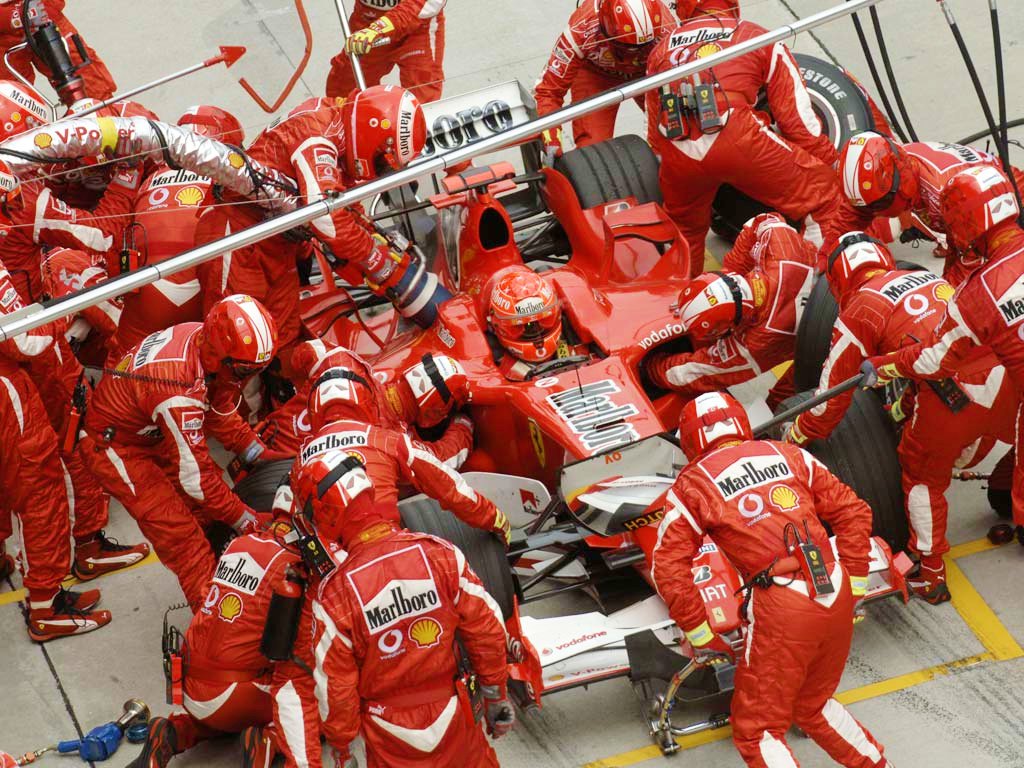
Of course, Sebastian may be lucky and Leclerc may find his race ruined by any number of misfortunes, but what agency does Sebastian have to affect the result?
His first opportunity is to make a better start and overtake Leclerc. Once he is in front and drawing away, then any decision to favour Leclerc is a political one, not a strategic one.
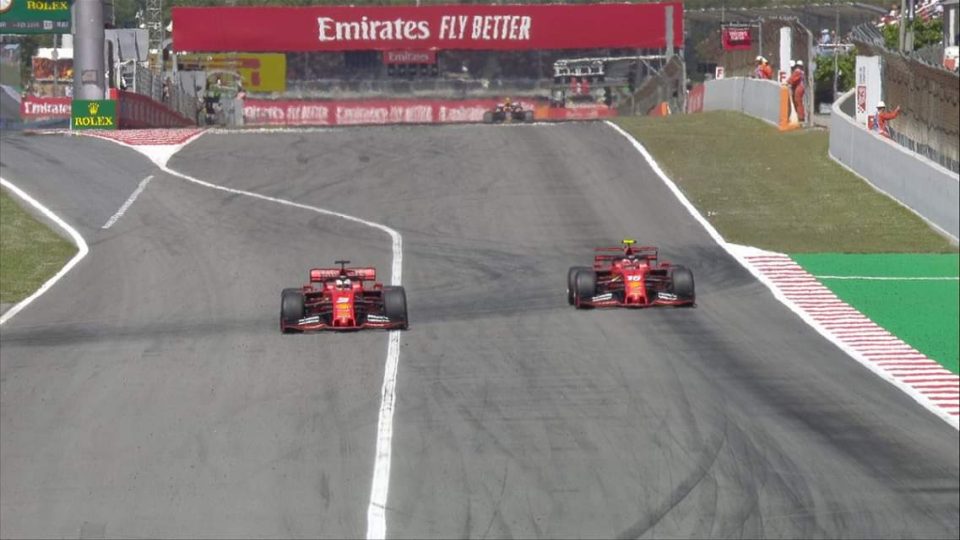
He can put pressure on Leclerc in the hope of forcing the error and overtake him then or he can put in a storming out lap to ensure that he is still in front of Leclerc if he is called in for a pit stop first.
His best opportunity, though, will increasingly come from being able to “game” the strategists and their algorithms. The beautiful thing about algorithms is that they are not emotionally invested in the result. Their only job is to get the best team result. Its mission is to have the drivers of its team finish first and second. It shouldn’t mind which driver wins, so long as one of them does. Of course, algorithms are only advisory and the call is made by the people on the pit wall. They may not be impartial, and that’s another issue. We have already seen Bottas being asked to adopt a less than optimum strategy in order to hold up Hamilton’s rival. We have heard both Sebastian and Charles questioning and challenging the strategist instructions.
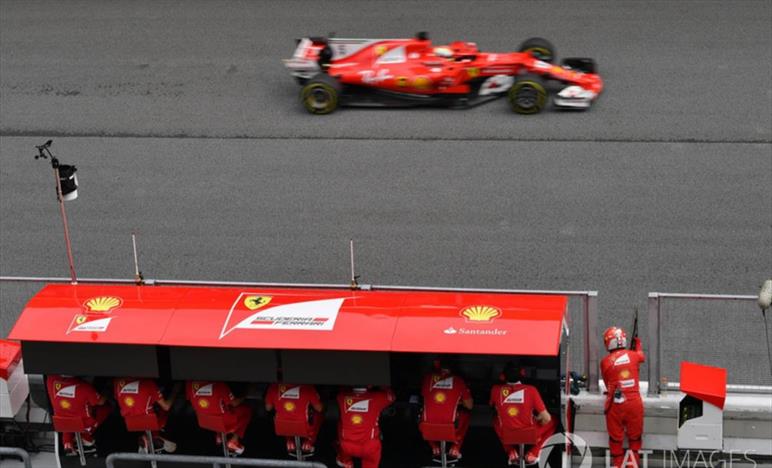
For teams further down the grid, there is the option to start their drivers on different tyre strategies so that they take their pit stops at very different times in the race, in the hope that they will ultimately race to their best potential result. It’s one way of being fair, but it may not be the best way of achieving a maximum team potential point score and it is unlikely that both strategies will work equally well.
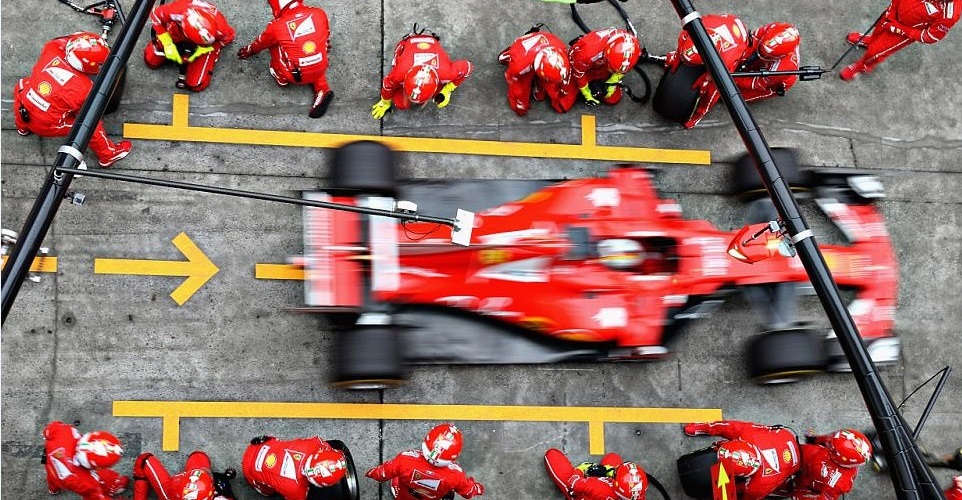
If we are to be blessed by a season where there is more than one team in contention for the both championships and that each team has two drivers who are also in contention, then are we going to see the emergence of a new driver talent? Is the driver who can game the algorithm and ensure that the “team strategy” goes his way, going to prevail? Will a driver start a grand prix determined to follow a different strategy than the one his team is giving him?
Alternatively, there could be an acceptance by the sport’s regulators that the constant conflict between the Constructors Championship strategy and the individual Driver’s Championship strategy is untenable. I have three potential solutions to this which I will outline below.
Option 1: The Lorenzo/Rossi wall. In the 2009 MotoGP season, the rivalry between Jorge Lorenzo and Valentino Rossi was so intense that Yamaha put up a “wall” in the pit garage. Very little data passed between the two and there was little cooperation. Formula One could insist that each driver races as an individual, that data cannot be shared and that each driver must be given the best strategy to optimise their result, regardless of which driver is on pole. This option would be very “fan friendly” as it would ensure that the drivers were racing on merit and the results had not been manipulated by the team management. It does come with its down sides; Lin Jarvis, the Yamaha boss, stated that this was detrimental to the team cohesion during the season. The unintended consequences of not letting the team work together may be a detrimental effect on the quality of the racing overall.
Option 2: Redesign the Constructor’s Championship. At the moment the Constructor’s championship awards the same points system as the Driver’s championship. This leads to the team strategy that kills the inter-team rivalry. If the teams were only awarded points for the highest placed car, rather than for both, then it would be immaterial for the teams which driver won the race.
Option 3: Radio Silence. If the point of changing the regulations is to give agency back to the driver and test their race craft, then this option could be used. Keep everything as it is, with the strategy teams etc, but at a certain point in the race, either after 1 hour or 2/3 race distance, employ radio silence from the teams. This gives the strategists the opportunity to get their cars into the best possible position. Then, at the appointed time, the drivers are on their own. Obviously, there will be carefully contrived exceptions; a driver should be informed if there is a safety critical situation. They should be informed of any driver penalties. There could still be pit stops but only if called by the driver, not the team. It puts the race result back in the hands of the driver and it would be a true test of all of the driver skill and race craft, producing a truly worthy champion. The team strategy roles would be retained but as an advisory to the drivers before the race and to review the results afterwards.
Clare Topic



Comments
Authorize to comment